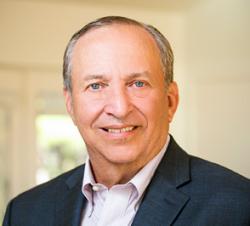

Research
BPEA | 1991 No. 1
1991, No. 1
THE RATE of national saving in the United States declined precipitously
in the 1980s. From World War II to 1980 the net saving rate averaged 8
percent of national income; today the rate is just 2 percent. While much
public discussion has focused on the growth in the federal budget deficit
as a source of this decline, a larger part of the drop in saving has come
from a falloff in the rate of private saving.
The extent of decline in the private saving rate is a surprise for several
reasons. The slide comes after several decades in which the saving rate
fluctuated within a very narrow range. The narrowness of that range
inspired many economists to treat the private saving rate as an uninteresting
constant. Second, the largest part of the decline occurred, ironically,
after the government made an increase in saving a major objective
of economic policy and redesigned the tax system to increase effective
after-tax rates of return and promote saving. Finally, the decline coincided
with a dramatic increase in real market interest rates, which should
have greatly strengthened saving incentives.